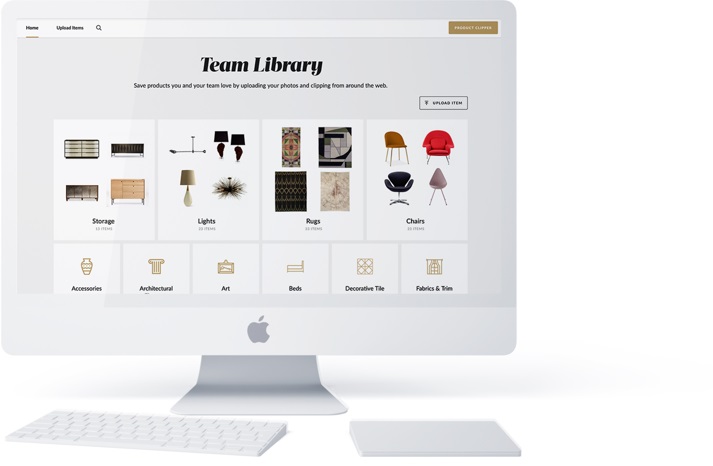Running a successful interior design business requires not just creativity and design skills, but also effective financial management. One crucial aspect of this is tracking expenses. This article will guide you on how to track expenses for your interior design business, ensuring you maintain a healthy cash flow and profitability.
Why Track Expenses?
- Promotes Transparency: Tracking expenses allows you to provide clear and accurate pricing to your clients, establishing trust and setting realistic expectations.
- Aids in Financial Planning: By understanding where your money is going, you can better plan for future expenses and make informed business decisions.
- Ensures Tax Compliance: Accurate expense tracking is essential for tax purposes. Inconsistencies can result in an IRS audit or fines.
- Enhances Profitability: By keeping a close eye on your expenses, you can identify areas where you can cut costs and increase your profitability.
Methods for Tracking Expenses
- Use Accounting Software: There are several accounting software options available that can help you track your expenses. These tools can automate the process, making it easier and more efficient.
- Maintain a Spreadsheet: If you prefer a more hands-on approach, you can track your expenses using a spreadsheet. This method requires regular updating and careful management.
- Hire a Professional: If you’re not comfortable managing your finances, consider hiring a professional. An accountant can provide valuable advice and help you manage your expenses effectively.
Types of Expenses to Track
- Payroll: This includes salaries, wages, bonuses, and any other compensation you provide to your employees.
- Business Meals: If you entertain clients or have business meals, these expenses should be tracked.
- Travel: Any travel expenses related to your business, such as flights, hotels, and car rentals, should be tracked.
- Equipment: This includes any equipment you purchase for your business, such as computers, printers, and design tools.
- Software: Any software you use for your business, such as design software, project management tools, and accounting software, should be tracked.
- Outsourced Services: If you outsource any services, such as cleaning, IT support, or marketing, these expenses should be tracked.
- Rent: If you rent a workspace for your business, this is a significant expense that should be tracked.
Tracking expenses is a vital part of managing your interior design business. By understanding where your money is going, you can make informed decisions, plan for the future, and ensure the profitability of your business.
Learn how to simplify your budget management process using StyleRow’s Budget tool in the webinar below:
Start Your StyleRow Journey Today.


